The title of ‘Chardonnay Capital of New Zealand’ actually belongs to the most easterly wine region in the world.
Gisborne region lies closest to the International Date Line so its extensive plantings are the first to feel the warm rays of the rising sun. The sheltered coastal plains and fertile alluvial loams over sandy subsoils make the area perfect for large-scale grape growing. Today Gisborne is the primary source of fruit for wineries all over the country. Particularly for Chardonnay which accounts for over half the total yield in Gisborne and one third of the national Chardonnay crop. It also supplies large quantities of bulk grapes for cask wine production such as Muller Thurgau and Gewurztraminer.
The region focuses mainly on white wine varieties with reds representing less than 15% of total output. Like Hawke’s Bay, the areas around Gisborne have a huge variation in soil types and produce wines with quite different characteristics. By way of contrast, some of the largest vineyards focusing on bulk production of quality wines are close to the smallest boutique vineyards in New Zealand growing organic medal-winning wines. In October each year all the vineyards celebrate the ‘First Light Wine and Food Festival’, which draws many visitors to this sunshine coast.
Gisborne is a delightful region to visit, offering great hospitality, superb beaches for surfing, swimming and diving. There are oceans of fresh tasty seafood crying out for Chardonnay accompaniment. The area is usually explored as part of a tour around the picturesque East Cape from the Bay of Plenty, with the option of visiting glorious Lake Waikaremoana on the scenic route back to Rotorua.
The dozen vineyards in this region offer wine samplings and door sales, along with splendid venues for picnicking in gardens and native tree groves.
If you enjoy the full-bloomed fragrance of a well-rounded Chardonnay, you can quaff delicious young wines from dawn to dusk – they’re that good.
Don’t miss Gisborne’s great gift to the wine world.

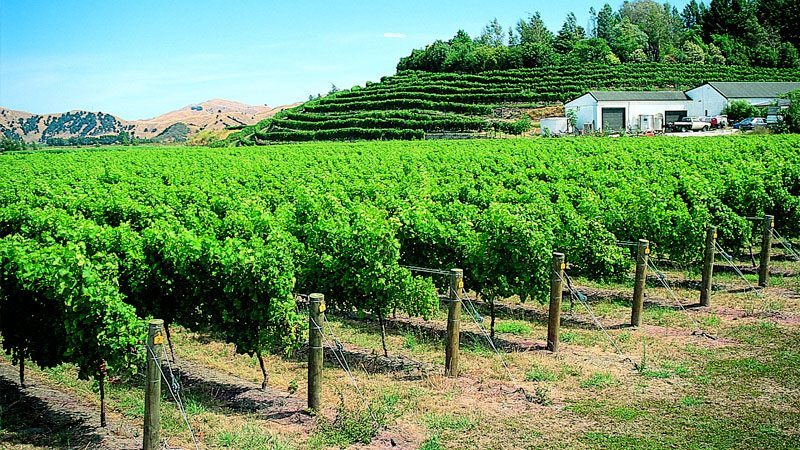
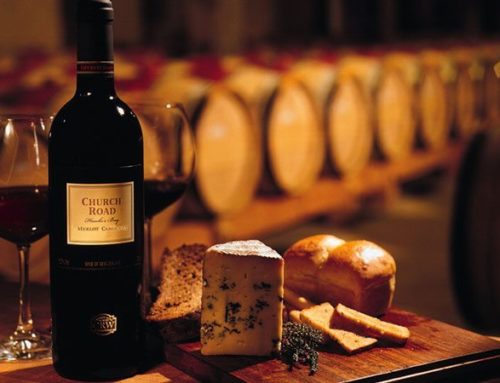
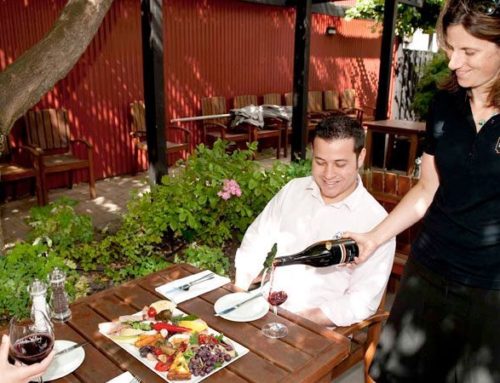
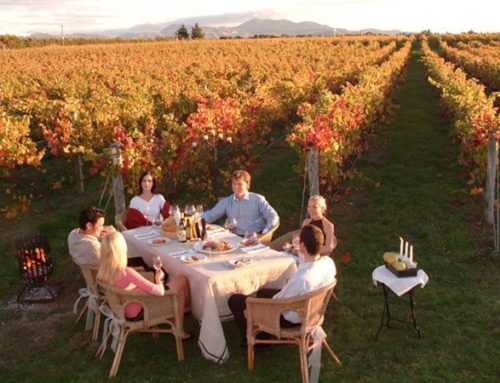
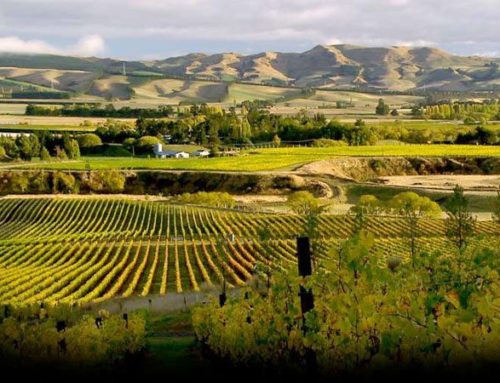
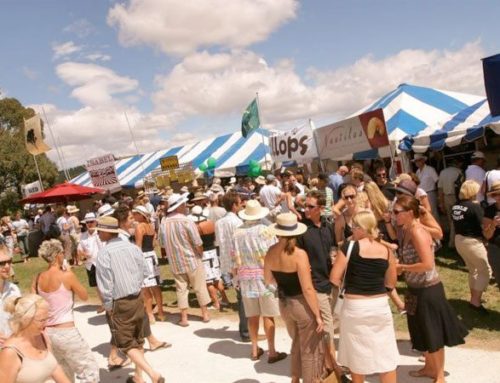
Leave A Comment